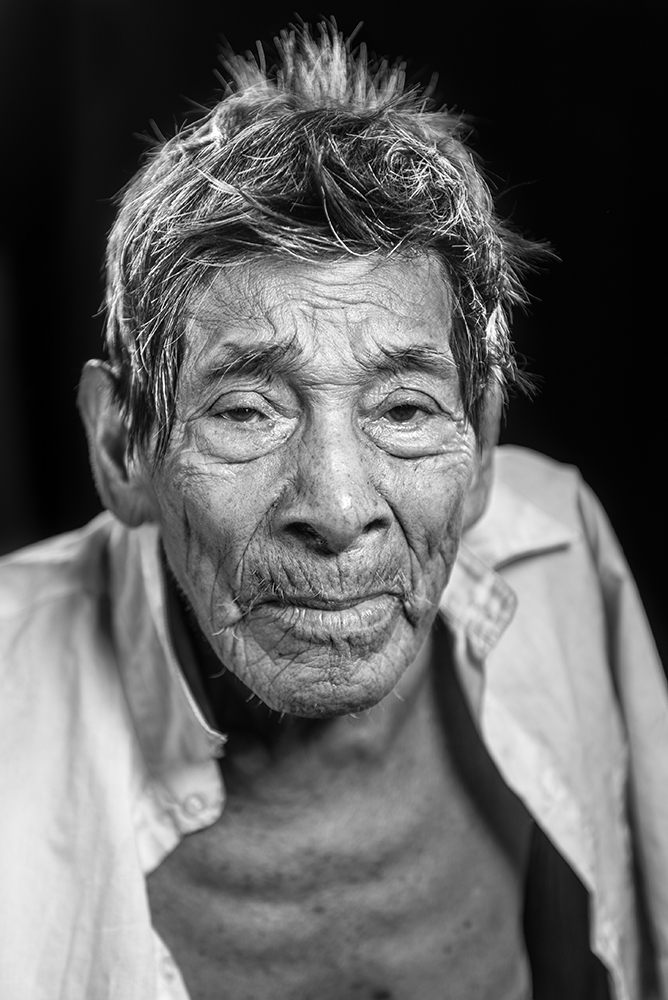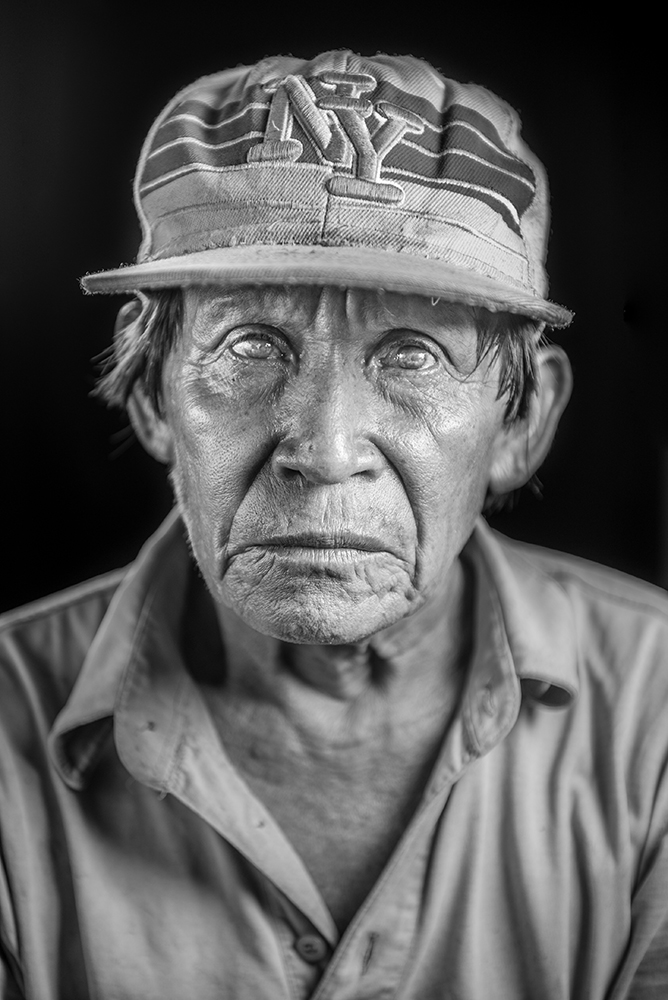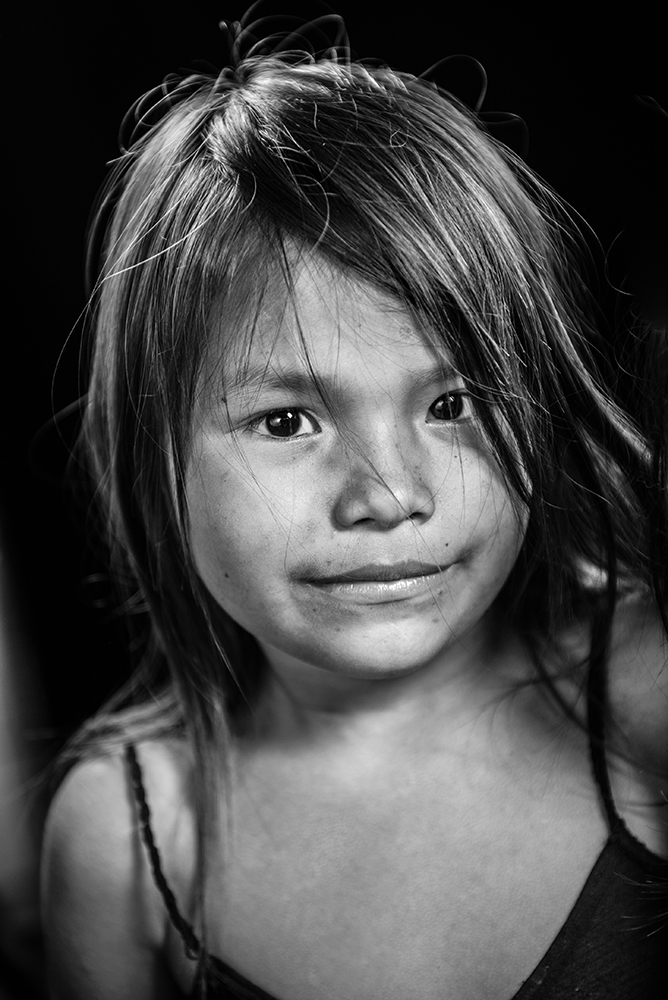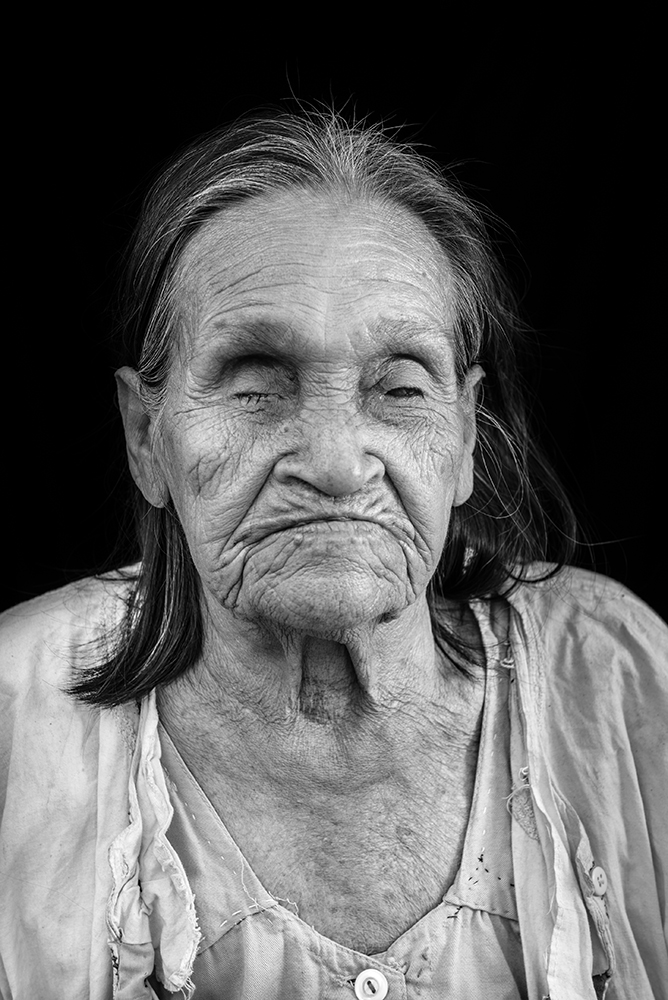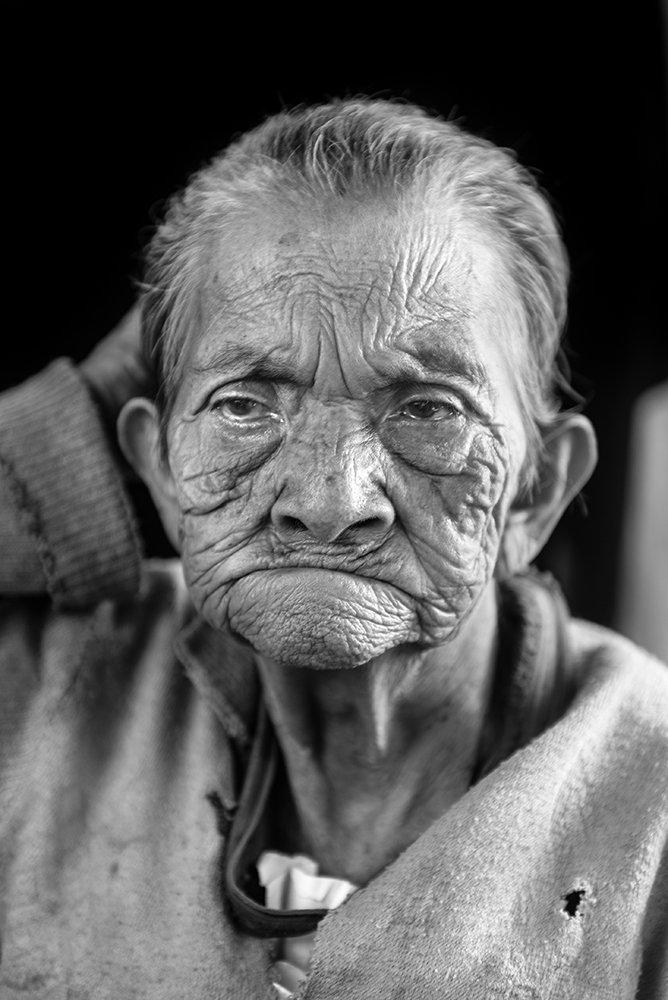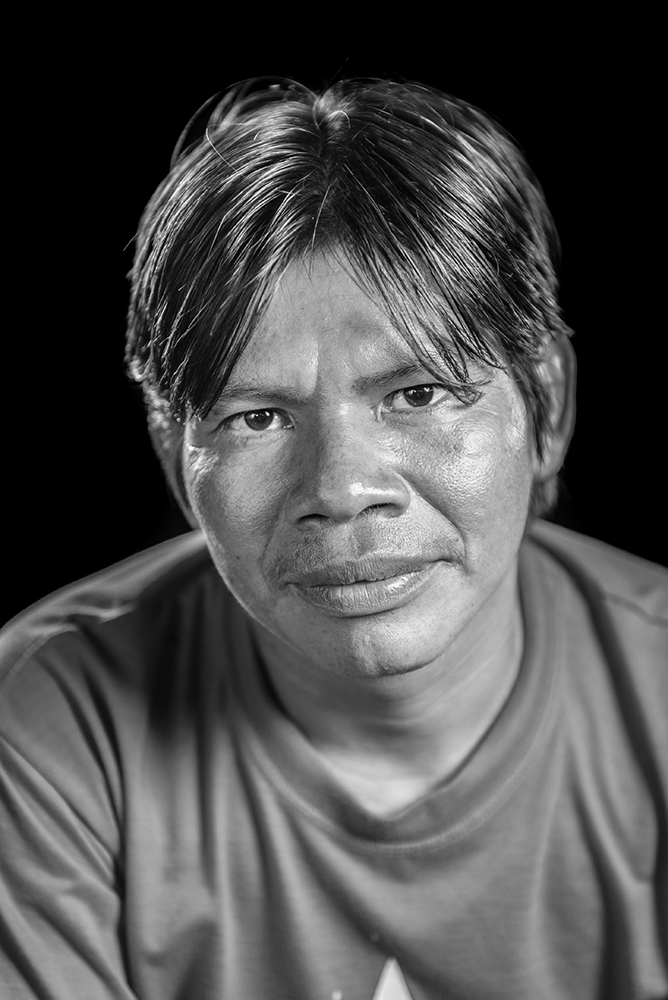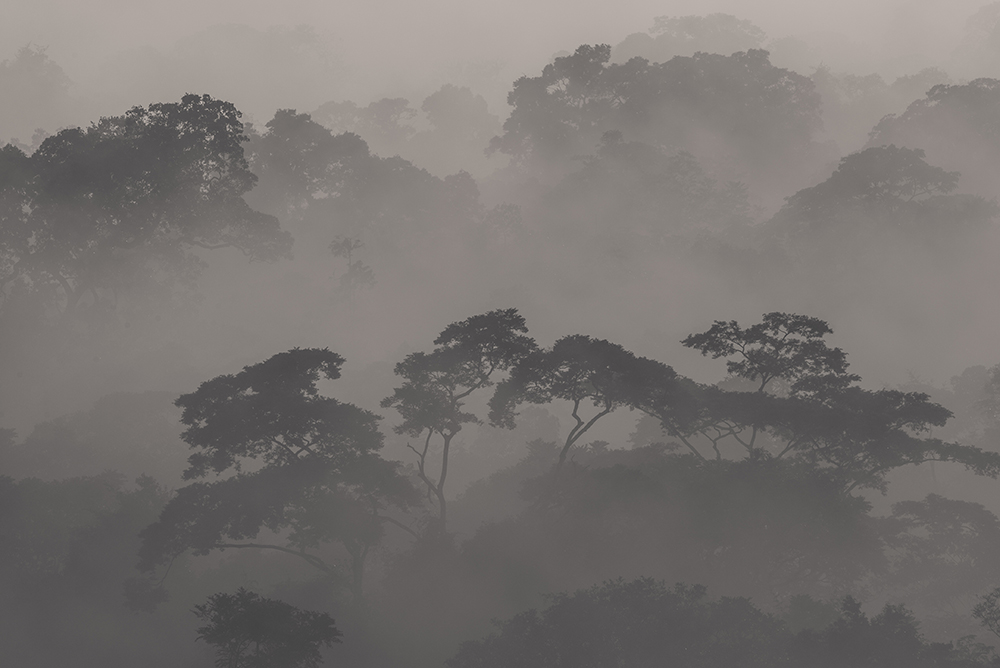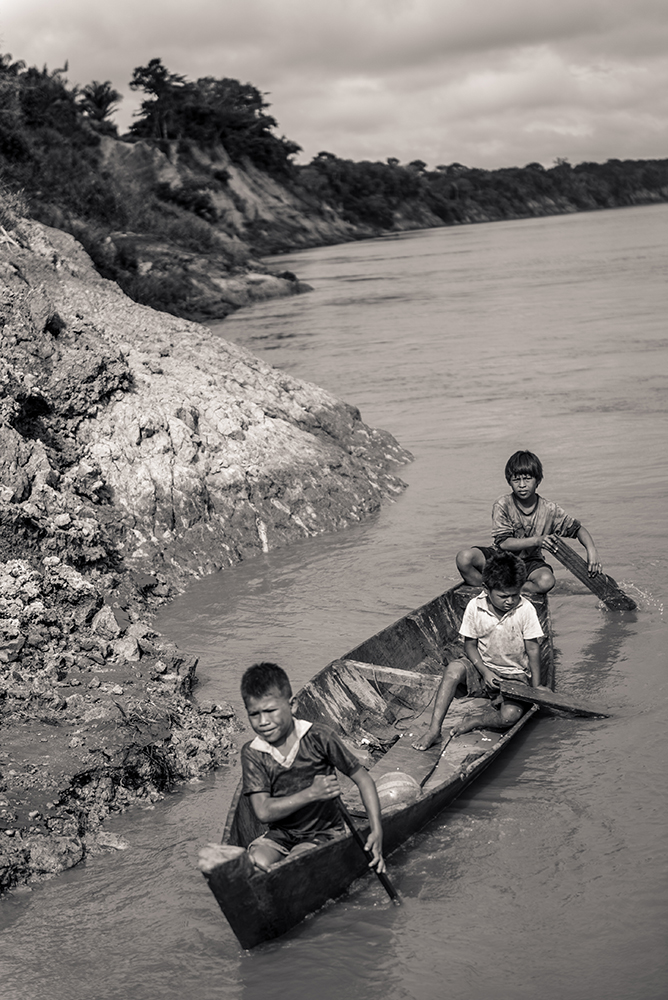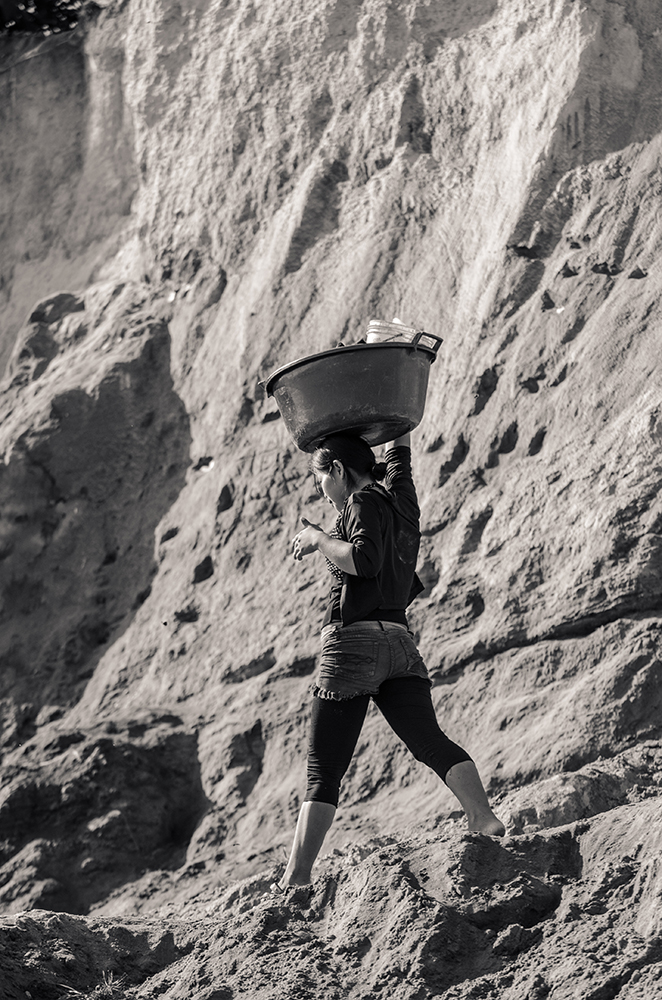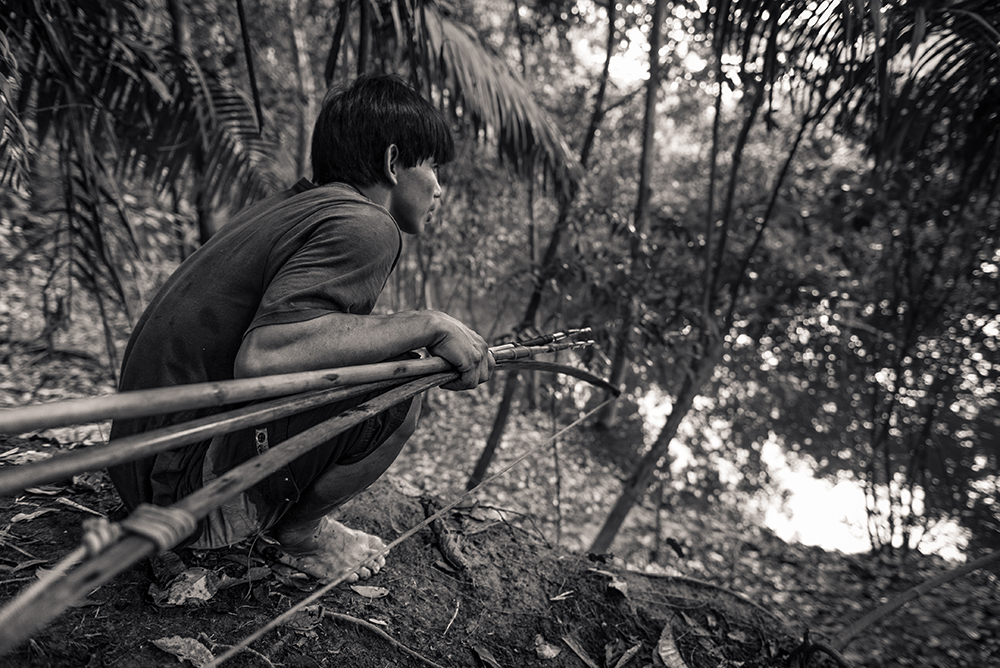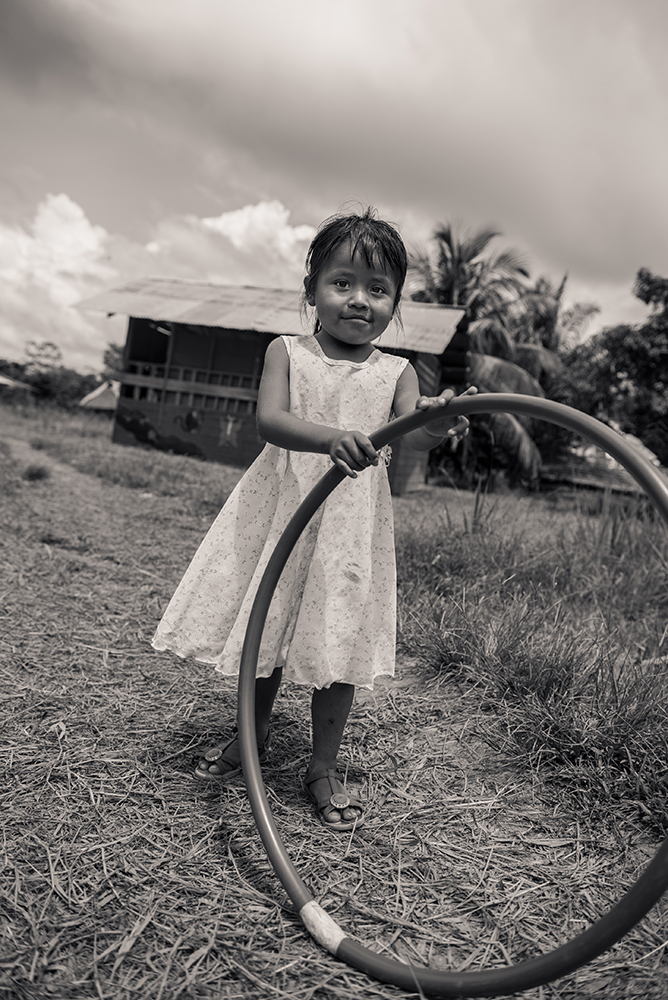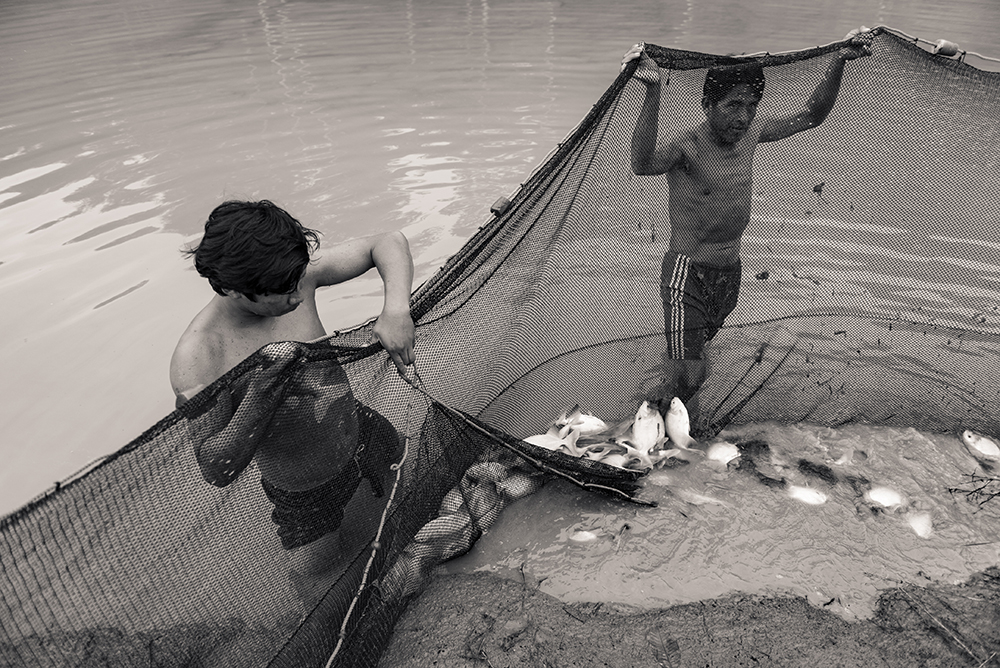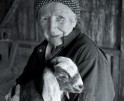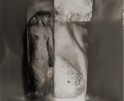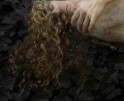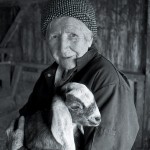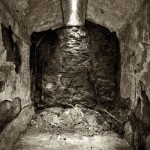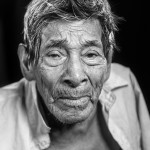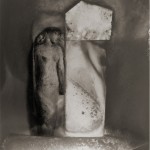Jon Cox: The States Project: Delaware
I included Jon Cox in this week’s States Project: Delaware because of his prolific work acknowledging the importance of fragile and resilient environments through photography. As an early proponent of digital nature photography and while still a student at University of Delaware, his nature work was published as two books. Jon, unafraid of a challenge and an autodidact, taught himself, among many other processes, how to make tintypes and Daguerreotypes. Now an Assistant Professor at the University of Delaware, Jon’s passion and fierce determination to create social change through photography and connect people and environments has been published as a documentary book project with hunter-gatherers in Tanzania titled, “Hadzabe, By the Light of a Million Fires”. He collaborated in the cultural mapping initiative with the Ese’Eja hunter-gatherers living in the Amazonia basin of Peru. Jon continues using photography for social change with his cultural mapping and land restoration project with the Lenape Indian Tribe of Delaware.
Jon Cox is president of the Amazon Center for Environmental Education and Research (ACEER Foundation) and an assistant professor in the Department of Art & Design at the University of Delaware. He serves as a Board Member of the Dorobo Fund for Tanzania, is a 2013 National Geographic Explorer, and Full Fellow of the Explorers Club. Cox has directed twenty-three photographic study abroad programs across the globe, including destinations to Antarctica, Vietnam, Cambodia, Tanzania, Australia, Tasmania, Argentina, and Peru. He was a pioneer in digital photography, served as the adventure photographer/writer for Digital Camera Magazine, and authored two Amphoto digital photography books. Cox is a co-recipient of a National Geographic Society Grant to support a collaborative cultural mapping initiative with the Ese’Eja Indigenous community living in the Amazonia basin of Peru. He co-authored a book titled, Ancestral Lands of the Ese’Eja: The True People and co-created a traveling exhibition to accompany this project titled, The Ese’Eja People of the Amazon: Connected by a Thread that is currently on tour across the United States. Cox co-authored Hadzabe, By the Light of a Million Fires, with an accompanying traveling exhibition titled Hadzabe: Roots of Equality. Cox is currently working with the Lenape Indian Tribe of Delaware on cultural mapping and land restoration project supported by the Delaware Humanities, University of Delaware, and the National Geographic Society. His ongoing project, ARRIVALS: What’s Left Behind, What Lies Ahead, is a collaborative multidisciplinary project recording and disseminating the stories of refugees and immigrants living in Idaho and the Native Americans displaced from their ancestral lands. Cox’s most recent work funded by the National Institute of Health, titled PhotoVoices in Healthcare: Connecting through Photography, aims to train health care clinicians in Malaysia to better understand their patients who are key populations at risk of HIV (including men who have sex with men, people who inject drugs, transgender women, and female sex workers).
Andrew Bale is a photographer in Harrisburg, Pennsylvania. Bale received his MFA from the University of Delaware in 2005 and his BFA from the Savannah College of Art and Design in 1994.
He has been a full-time Lecturer of Photography at Dickinson College since 2013, and served as an adjunct professor of Photography prior to that from 2005 until 2012. He also taught at Messiah College, Lebanon Valley College, and the University of Delaware. Bale has worked with children from ages 8-18 in workshops designed to help them explore their visual environment.
Bale has exhibited regularly both in group and solo shows since 2004, and has served as the 2008 artist in-residence for the Fondation Espace Ecureuil in Tolouse, France, and the Guest Artist at SCAD’s Lacoste, France campus that same year. Most recently, he was a photography team member for the Ese’Eja Cultural Mapping Project, supported by a National Geographic Legacy Fund Grant.
Bale’s photographs are included in the permanent collections of Caisse d’Epargne in Tolouse, the Photomedia Center and Messiah College in Pennsylvania and at the Savannah College of Art and Design in Georgia.
The Ese’Eja People of the Amazon: Connected by a Thread
As Amazonia loses many of its Indigenous cultures, their deep knowledge and wisdom of the interconnectedness of nature are also disappearing. The Ese’Eja, one of the few extant foraging societies of Peru, have been stewards of the lands in the Amazon basin for many generations. This exhibition tells their story in the hope of influencing public policy and empowering the Ese’Eja in determining their future. The Ese’Eja offer us a unique perspective on the complex political, environmental, and social issues at play in contemporary Peru, and indeed, throughout the world.
The Ese’Eja People of the Amazon: Connected by a Thread, includes photographs and daguerreotypes made by Andrew Bale and Jon Cox, as well as artifacts curated by Dr. Monica Dominguez Torres, Dr. Vicki Cassman that are part of the community’s daily life. This exhibit illustrates not only a worldview, a way of life, and a heritage but also the contemporary challenges facing these resilient people. All proceeds from the exhibit, sales of a companion book, and donations will go into a Community Development Fund managed by the Amazon Center for Environmental Education and Research (ACEER) Foundation in support of Ese’Eja and other Indigenous development projects, and conservation education in the Peruvian Amazon. During the pandemic Indigenous communities in Peru suffered, and the ACEER Community Development Fund supported the Ese’Eja with $30,000 of COVID-19 relief for medicine and food.
Daguerreotypes
Like many other indigenous peoples in the Amazon, the Ese’Eja are affected by mercury that is being dumped into their environment as a byproduct of illegal gold mining. These mercury-developed, gold-gilded images of Ese’Eja community members are created to draw attention to the mercury pollution being cast upon one of the world’s last remaining Amazonian cultures and the unique environment where they live.
Developed in 1839, daguerreotypes are the earliest photographic images and have long been described as mirrors with a memory. When viewing each daguerreotype, you first see yourself reflected on the silver surface; and as you look deeper, the portrait of an Ese’Eja becomes visible.
Platinum Palladium
Since 2013, Jon Cox and Andrew Bale have collaborated with Ese’Eja leaders in documenting their traditions, lands, and contemporary challenges. These photographs have been created using a Platinum-Palladium printing process on Japanese Kozo paper, chosen to reflect the outside influences on the Ese’Eja community. After Japanese refugees settled within the Ese’Eja ancestral lands along the shores of Lake Valencia following World War II, the Ese’Eja learned to farm from them; even today, they continue to grow rice in their gardens.
However, ensuing conflicts between the two groups forced the Ese’Eja to abandon their settlements in that area.
Posts on Lenscratch may not be reproduced without the permission of the Lenscratch staff and the photographer.
Recommended
-
Kathleen Buckalew: The States Project: DelawareSeptember 17th, 2021
-
Eric Zippe: The States Project: DelawareSeptember 16th, 2021
-
Jon Cox: The States Project: DelawareSeptember 15th, 2021
-
Alida Fish: The States Project: DelawareSeptember 14th, 2021
-
Priscilla Smith: The States Project: DelawareSeptember 13th, 2021

